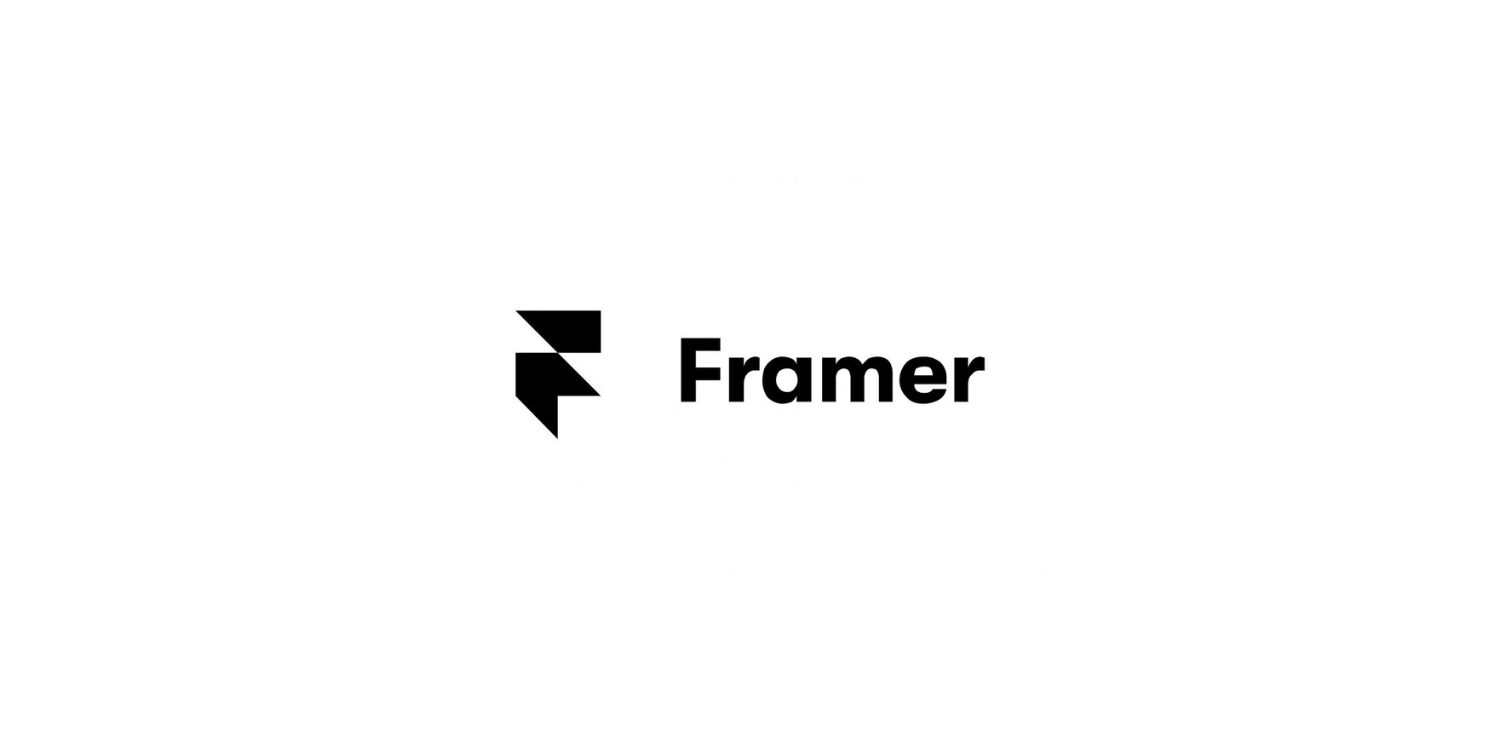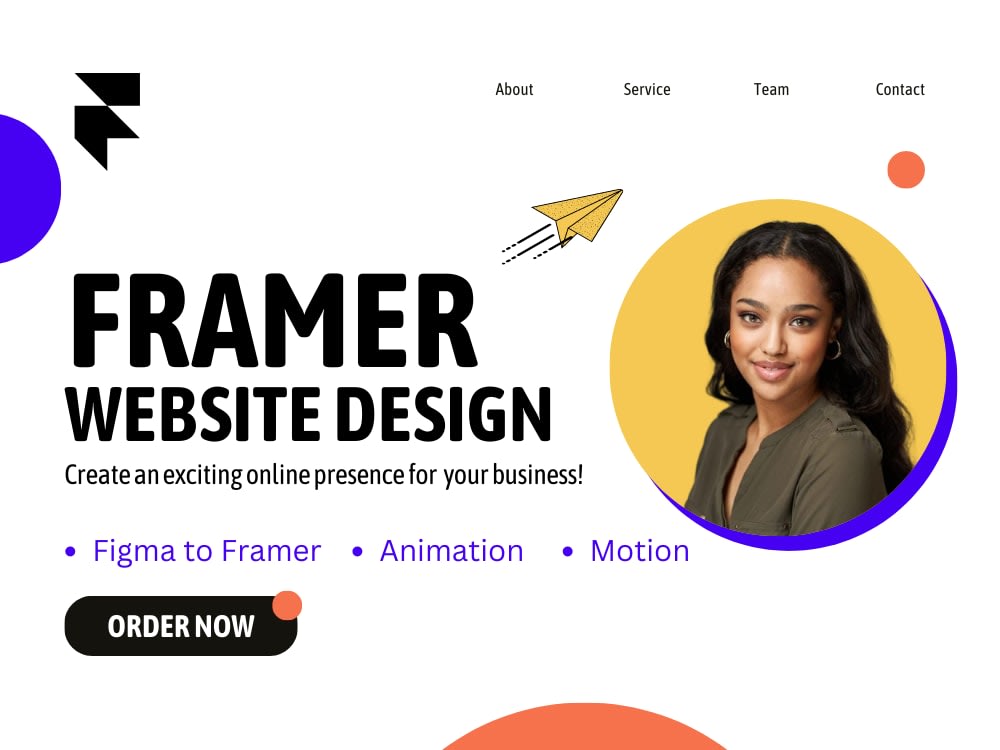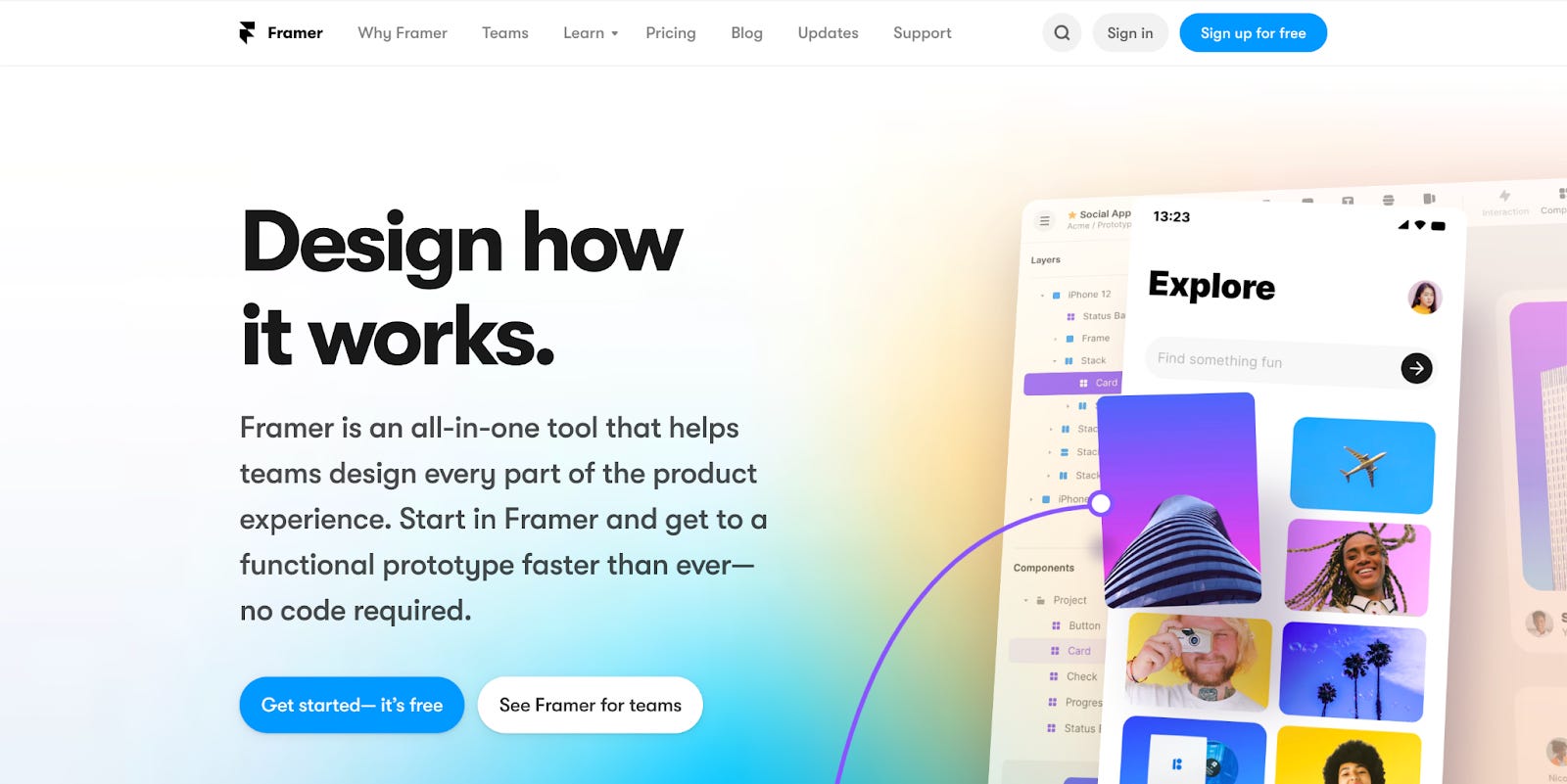The History And Evolution Of Framers
Framers have played a crucial role in construction and woodworking for centuries. The history of framers can be traced back to ancient civilizations such as the Egyptians, Greeks, and Romans who utilized wooden frames to construct buildings and structures. These early framers laid the foundation for the evolution of framing techniques and tools that we see today.
Throughout history, framers have adapted their methods to incorporate new materials such as metal, concrete, and composite materials into their work. The Industrial Revolution brought about significant advancements in framing technology with the introduction of power tools and machinery that revolutionized the way structures were built.
In modern times, framers continue to innovate by incorporating sustainable building practices and technologies into their work. They play a critical role in constructing everything from residential homes to commercial buildings and skyscrapers. The evolution of framers has been shaped by advancements in technology, changes in building codes, and a growing emphasis on environmental sustainability. Despite these changes, the core principles of framing – precision, craftsmanship, and attention to detail – remain constant throughout history.
Common Tools And Techniques Used By Framers
Framers are skilled craftsmen who are responsible for creating the structural framework of buildings. They use a variety of tools and techniques to ensure that the structure is strong, stable, and able to support the weight of the building. One of the most important tools used by framers is a framing square, which is used to ensure that all angles are perfectly square.
This tool helps framers create precise cuts and joints in the wood, ensuring that everything fits together correctly.
Another essential tool used by framers is a level, which is used to ensure that everything is straight and level. This tool helps framers make sure that walls are not crooked or uneven, which can cause problems down the line.
In addition to these tools, framers also use techniques such as measuring carefully before cutting materials, using bracing to support walls during construction, and following building codes and regulations to ensure that their work meets safety standards. Overall, framers rely on a combination of tools and techniques to create strong, stable structures that will stand the test of time.
Importance Of Hiring A Professional Framer For Artwork
When it comes to displaying artwork, hiring a professional framer is essential in order to properly protect and enhance the piece. Professional framers have the expertise and experience to choose the right materials, colors, and styles that will not only complement the artwork but also preserve it for years to come.
A professional framer will know how to handle delicate pieces with care, ensuring that they are not damaged during the framing process. They are trained in archival methods that will protect artwork from fading, yellowing, or other forms of deterioration over time.
Furthermore, a professional framer can offer guidance on choosing the best frame for your specific artwork, taking into consideration factors such as style, size, and budget. They can also provide options for different types of glass or acrylic that will protect the piece from UV rays and dust.
By hiring a professional framer for your artwork, you can be confident that it will be displayed in a way that not only enhances its beauty but also ensures its longevity and preservation.
Understanding The Power Of Interactive Prototyping For Creative Design
Understanding the power of interactive prototyping for creative design is essential in unleashing your creativity with Framer. By creating interactive prototypes, designers can bring their ideas to life, allowing for a more immersive and engaging user experience. With Framer’s intuitive tools and features, designers can easily prototype complex interactions and animations, test usability, and gather feedback from stakeholders. This iterative process not only speeds up the design workflow but also helps in refining the final product to meet user needs and expectations.
In essence, interactive prototyping is a powerful tool for turning creative visions into reality.
Enhancing User Experience Through Code-Free Prototyping With Framer
Enhancing user experience through code-free prototyping with Framer allows designers to unleash their creativity and bring their ideas to life without the need for extensive coding knowledge. By using Framer’s interactive prototyping tools, designers can quickly iterate on designs, test different interactions, and gather valuable feedback from users. This process not only speeds up the design process but also ensures a more user-friendly and intuitive final product.
With Framer, designers can focus on creating innovative and engaging user experiences without being limited by technical constraints.
Collaborating And Iterating On Visual Designs For Seamless Digital Products
Framer’s interactive prototyping tool allows designers to collaborate and iterate on visual designs for seamless digital products. By enabling real-time feedback and communication between team members, Framer empowers creatives to explore different design ideas, experiment with interactions, and refine their work until it reaches perfection. This iterative process not only enhances the overall quality of the final product but also fosters a sense of teamwork and creativity within the design team.
With Framer, designers can unleash their creativity and bring their visions to life in a collaborative and efficient manner.
Unleashing Creativity With Framer: A Guide To Streamlining Your Design Process
Framer’s interactive prototyping tool offers designers the freedom to explore and experiment with their creativity like never before. By providing a platform that allows for easy iteration and testing of ideas, Framer enables users to streamline their design process and bring their visions to life more efficiently. With its intuitive interface and powerful features, designers can unleash their creativity in ways that were previously unimaginable.
This guide will walk you through how to harness the full potential of Framer to enhance your design workflow and elevate your projects to new heights.











